Products Description
Where can I buy a fake ID and how to tell its quality
Fake IDs are popular, especially for people who want to gain access to places they can’t because of age restrictions. These IDs allow people to purchase alcohol, enter clubs, or participate in other activities that would otherwise require them to be of legal age. However, not all fake IDs are created equal. Some fake IDs are higher quality than others, making them more reliable for getting through security. In this article, we’ll explore where to buy fake IDs and how to assess their quality, focusing on states such as New Hampshire fake IDs, New Mexico fake IDs, North Carolina fake IDs, Ohio fake IDs, Oregon fake IDs, and Rhode Island fake IDs.

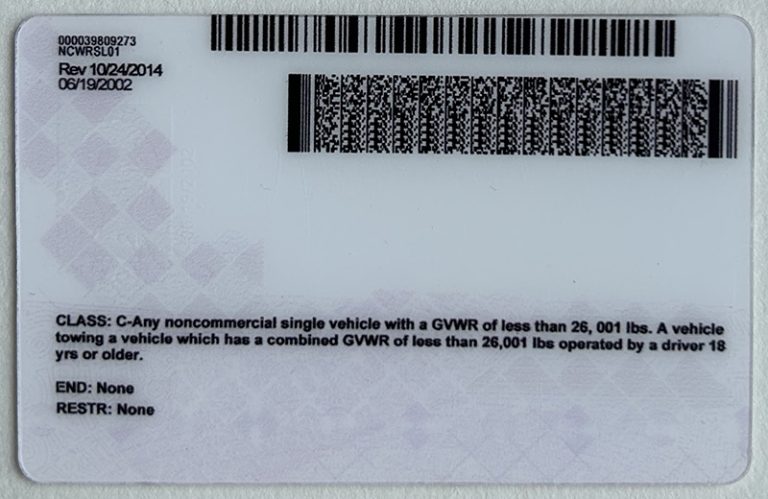
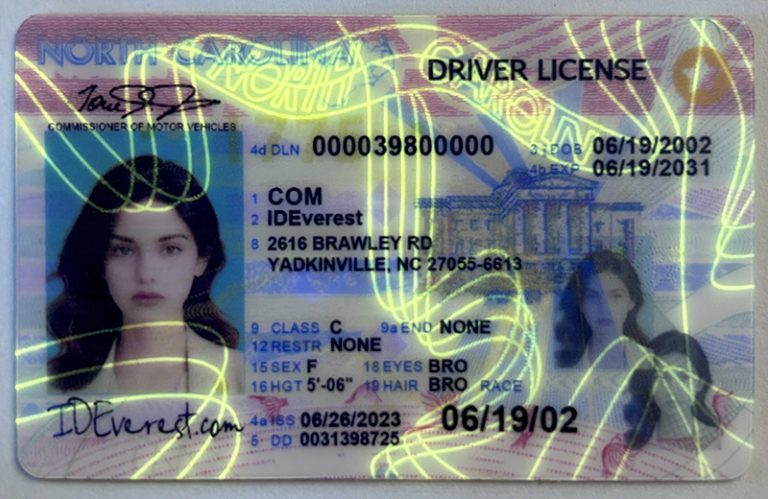
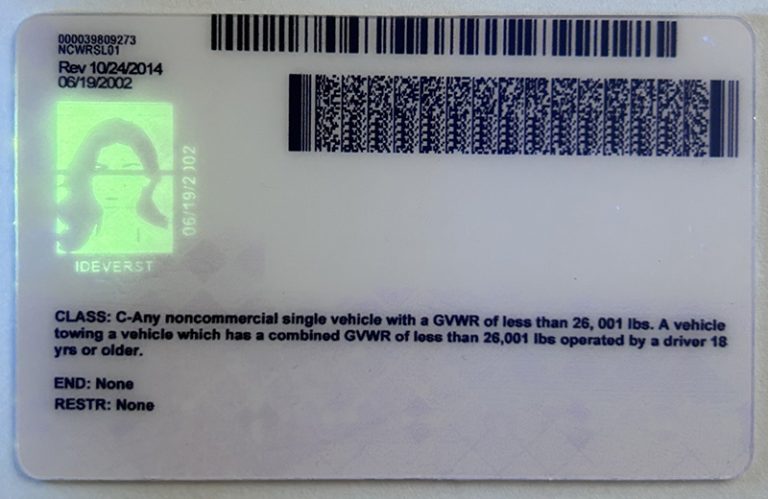

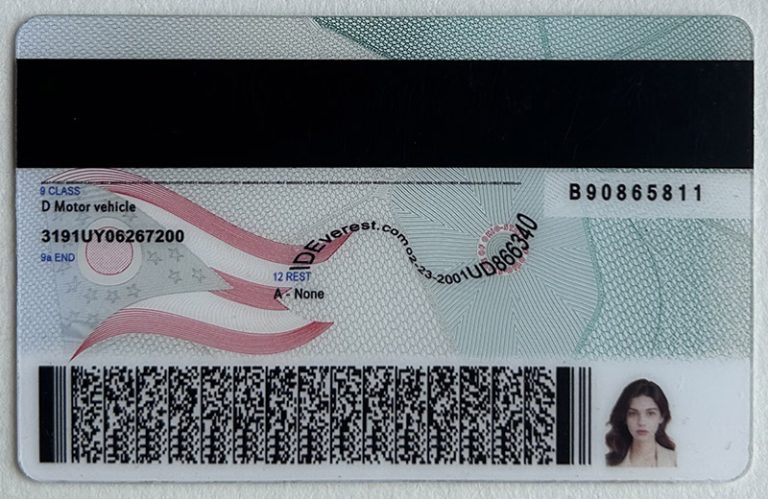
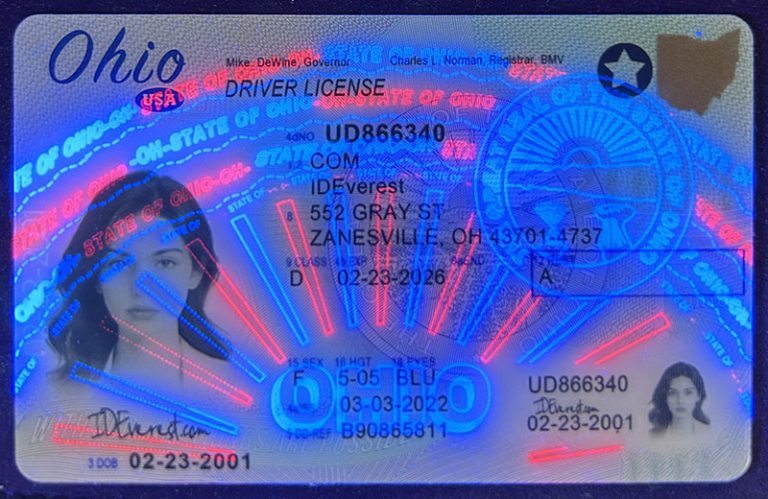
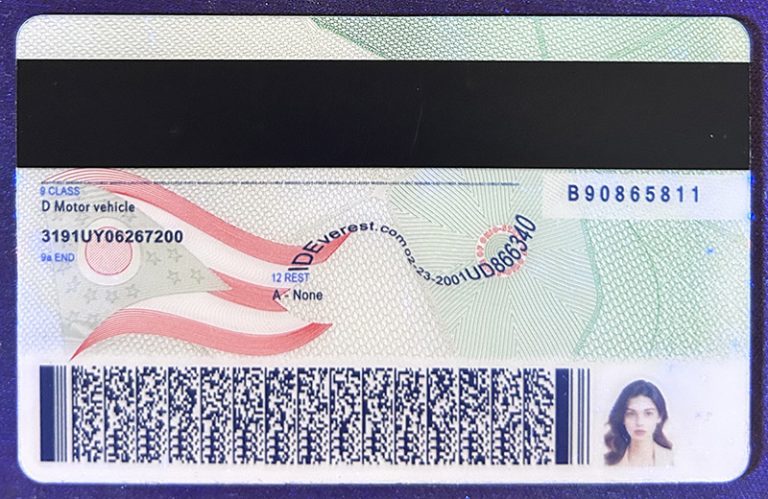
Where to Buy Fake IDs
Online Marketplaces
The most common place to buy fake IDs is through online vendors. There are many websites that offer fake IDs, each promising to provide high-quality replicas that are nearly indistinguishable from real government-issued IDs. Many of these sites specialize in IDs for specific states, such as New Hampshire fake IDs, New Mexico fake IDs, North Carolina fake IDs, and Ohio fake IDs. Some sites even claim that their IDs can be scanned and used in popular venues.
When choosing an online supplier, research is essential. Many sites are fraudulent and designed to defraud customers by collecting payment and not delivering the product. To avoid being scammed, look for sites with positive reviews and testimonials. Customer feedback can provide insight into the reputation and reliability of the supplier. Also, check if the supplier offers scannable ID cards, a key feature that many security systems use to verify the authenticity of ID cards.
Local connections
In some cases, people may purchase fake ID cards through local connections, such as friends or acquaintances who have access to ID card manufacturers. This is a more cautious way to obtain ID cards because it avoids the risks associated with online transactions. However, local contacts may not offer the same level of professionalism as well as well-known suppliers, and the quality of the IDs may be less consistent.
If you decide to purchase through a local source, make sure they have a proven track record of providing high-quality IDs. Ask for examples or feedback from previous customers and make sure the ID looks convincing before agreeing to purchase.
Social media and forums
Another avenue worth exploring is social media platforms and online forums. There are many groups and pages where users share information about fake ID suppliers. These groups often offer advice on where to buy ID cards, as well as tips on how to tell the difference between a good fake ID and a bad one. However, this method also has risks. Scammers frequent these groups, and buying from an unverified source may result in losing money and never receiving your ID.
When participating in forums or social media groups, prioritize reputable groups. Always cross-check the vendor's name with other users' experiences to verify their legitimacy.
How to Tell the Quality of a Fake ID
Once you have found a vendor, the next critical step is to determine the quality of the ID you receive. There are several key factors that can help you assess whether the ID is likely to pass muster.
Hologram and UV Features
A high-quality fake ID should replicate the hologram and ultraviolet (UV) features found on authentic state-issued IDs. States such as New Hampshire, New Mexico, Oregon, and Rhode Island have very complex holograms that are difficult to replicate but are essential to making the ID look authentic. When you hold the ID up to a light, the hologram should flash and move like a real ID.

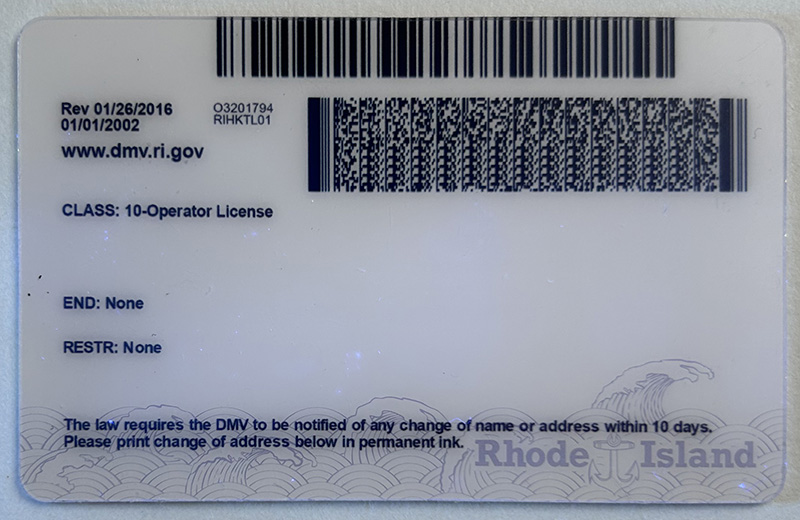
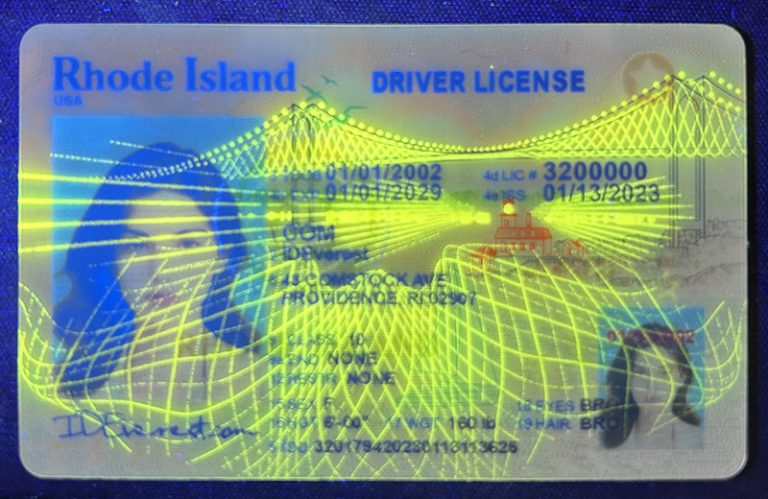

The UV feature is another important aspect. Many states have incorporated invisible UV patterns or text that can only be seen under a black light. If your fake ID lacks this feature, it may not pass inspection at venues that use black lights to verify authenticity. For example, a Rhode Island fake ID or Ohio fake ID might include a state seal or other unique markings that are visible under UV light.
Scannability
In today's world, many bars, clubs, and other establishments use scanners to verify the legitimacy of ID cards. A high-quality fake ID must be able to pass through these scanners without setting off alarms. ID cards from states like Oregon and New Mexico include a barcode or magnetic stripe that has the cardholder's information encoded in it. If your fake ID's barcode or magnetic stripe doesn't work, it may be rejected immediately when scanned.
To check if an ID is scannable, you can use an app or device that mimics the scanners used by the establishment. This allows you to test the barcode and ensure that the information encoded on the strip matches the details on the card.
Material Quality and Durability
The material of a fake ID is another key factor. Real ID cards are made of durable materials that can withstand wear and tear, such as polycarbonate or PVC. Low-quality fake IDs may be made of flimsy plastics that bend easily or feel light compared to real IDs. ID cards issued by states like New Hampshire and North Carolina have a rigid structure and a special texture that a good fake ID should be able to replicate.
Another tip is to check the edges of the card. Real IDs usually have clean, smooth edges, while poorly made fake IDs may have rough or uneven edges, which can easily give the impression that the card is counterfeit.
Printing and Font Accuracy
A high-quality fake ID should have accurate fonts and clear printing that match the format used by real state-issued IDs. Slight differences in font size, spacing, or color will immediately raise red flags to bouncers or bartenders who frequently check IDs. States such as North Carolina and Ohio use specific fonts and text layouts, and fake IDs should closely match these fonts and text layouts.
It is also important to look at the placement of text and photos. A good fake ID will precisely align information such as name, date of birth, and expiration date. Any misalignment or blurred printing can give away that the ID is a counterfeit.
Magnetic Stripe Encoding
Many IDs, such as those from New Hampshire, Oregon, and Ohio, have a magnetic stripe that holds the cardholder's digital information. A high-quality fake ID will properly encode the magnetic stripe for use with card readers and other electronic systems. You can test this feature with a card reader to see if the information embedded in the magnetic stripe matches the data printed on the ID.
Conclusion
If you want to buy a fake ID, there are several ways to do it, from online vendors to local contacts and social media platforms. Popular states for fake IDs include New Hampshire, New Mexico, North Carolina, Ohio, Oregon, and Rhode Island, as they are generally easier to replicate and widely accepted.
When evaluating the quality of a fake ID, be sure to check for holograms, UV features, scannability, material quality, printing accuracy, and magnetic stripe encoding. A good fake ID should mimic all the key elements of a real state-issued ID to ensure it can pass manual and electronic inspection. However, it is important to remember that using a fake ID carries legal risks that require careful consideration before going this route.



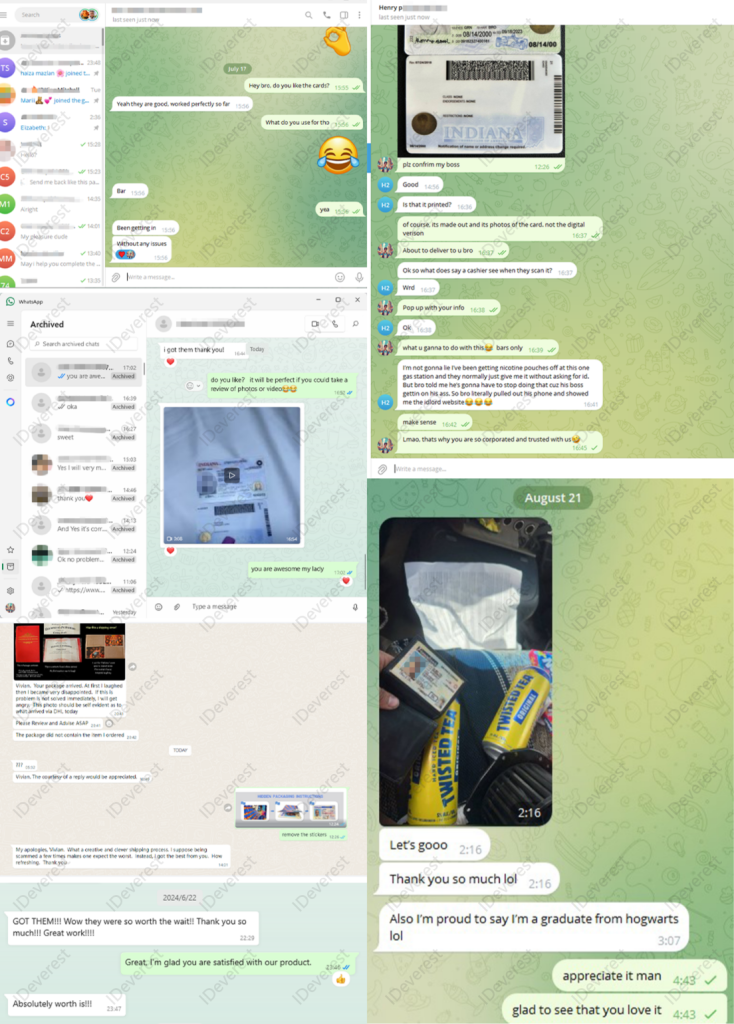
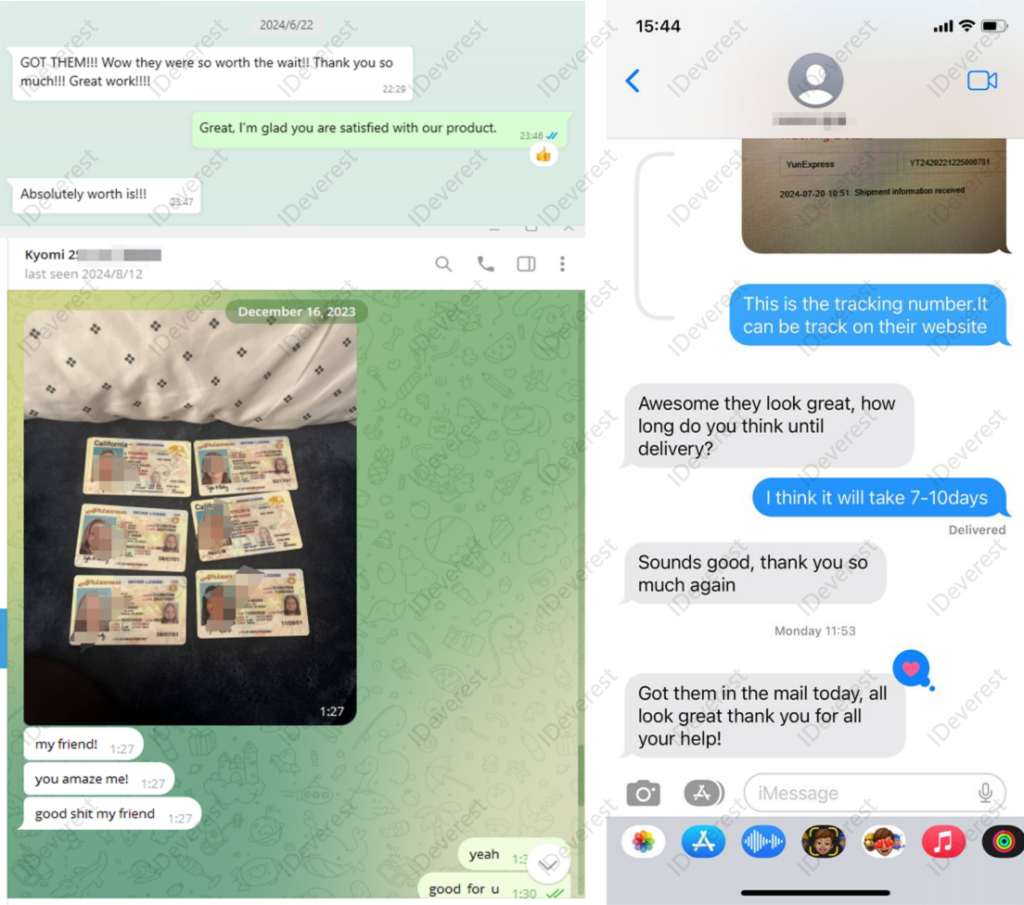


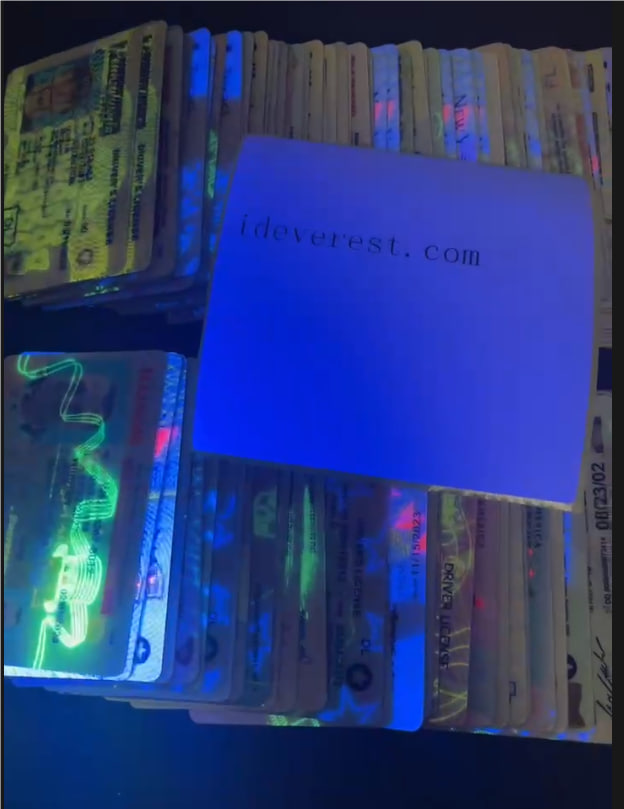
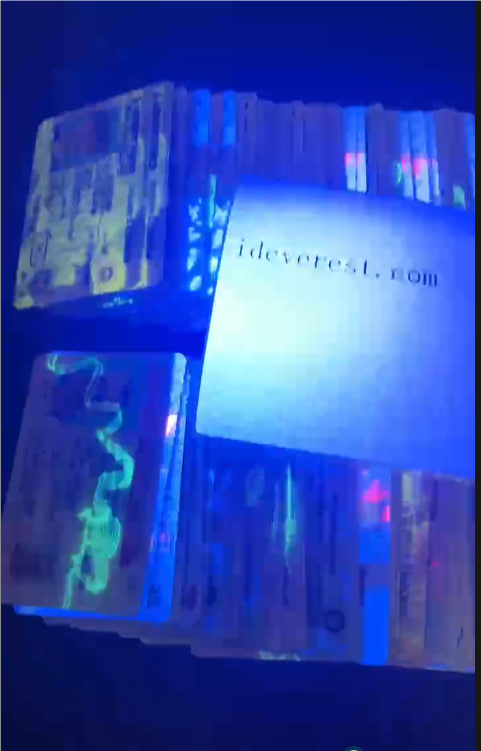

Tags:
You like
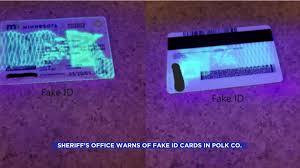
Missouri Fake ID
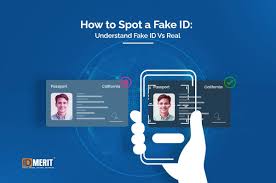
fake Connecticut ID

fake Delaware ID

fake Virginia ID

